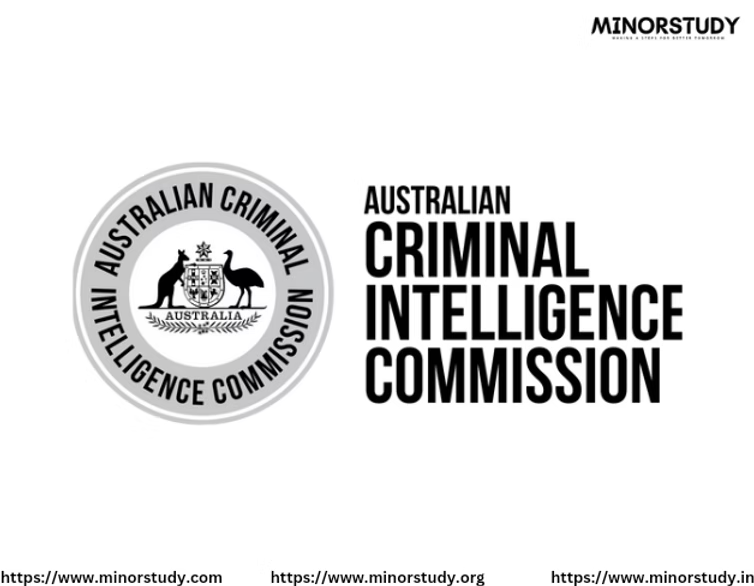The Australian Intelligence Community (AIC) is a group of agencies responsible for gathering, analyzing, and managing intelligence to protect Australia’s national interests. It operates under strict legal and ethical frameworks to ensure national security, counter-terrorism, and protection against espionage and foreign interference.
- Key Agencies in the Australian Intelligence Community
- 1. Australian Security Intelligence Organisation (ASIO)
- 2. Australian Secret Intelligence Service (ASIS)
- 3. Australian Signals Directorate (ASD)
- 4. Australian Geospatial-Intelligence Organisation (AGO)
- 5. Defence Intelligence Organisation (DIO)
- 6. Office of National Intelligence (ONI)
- Key Functions of the Australian Intelligence Community
- Notable Features
- Challenges
- Conclusion
Key Agencies in the Australian Intelligence Community
1. Australian Security Intelligence Organisation (ASIO)
Role: Australia’s primary domestic intelligence and security service.
Responsibilities:
Countering espionage, terrorism, and foreign interference.
Monitoring threats to Australia’s internal security.
Protecting critical infrastructure and sensitive government information.
Notable Features: Works closely with federal, state, and international security agencies.
Headquarters: Canberra, ACT.
2. Australian Secret Intelligence Service (ASIS)
Role: Australia’s foreign intelligence agency.
Responsibilities:
Gathering intelligence overseas to support Australia’s strategic and economic interests.
Conducting covert operations and supporting allied nations in intelligence-sharing efforts.
Notable Features: Often compared to the CIA or MI6; focuses solely on external threats.
Headquarters: Canberra, ACT.
3. Australian Signals Directorate (ASD)
Role: Responsible for signals intelligence (SIGINT) and cybersecurity.
Responsibilities:
Intercepting and analyzing communications and electronic intelligence.
Protecting Australian government systems from cyber threats.
Supporting military operations with technical intelligence.
Notable Features: Houses the Australian Cyber Security Centre (ACSC).
Headquarters: Canberra, ACT.
4. Australian Geospatial-Intelligence Organisation (AGO)
Role: Focuses on geospatial intelligence (GEOINT).
Responsibilities:
Collecting and analyzing imagery and geospatial data.
Providing intelligence to support military, environmental, and humanitarian operations.
Notable Features: Uses satellite and aerial imagery for strategic planning.
Headquarters: Canberra, ACT.
5. Defence Intelligence Organisation (DIO)
Role: Provides defense-related intelligence.
Responsibilities:
Analyzing foreign military capabilities and intentions.
Supporting Australian Defense Force (ADF) operations.
Monitoring global security trends and military developments.
Notable Features: Focused on long-term defense and strategic planning.
Headquarters: Canberra, ACT.
6. Office of National Intelligence (ONI)
Role: Centralizes and coordinates intelligence efforts across the AIC.
Responsibilities:
Providing strategic assessments and advice to policymakers.
Integrating intelligence from all agencies to support national security decisions.
Managing intelligence priorities for Australia.
Notable Features: Oversees the broader intelligence community.
Headquarters: Canberra, ACT.
Key Functions of the Australian Intelligence Community
Counter-Terrorism:Detecting and disrupting terrorist threats domestically and internationally.
Cybersecurity:Protecting government and critical infrastructure from cyber-attacks, led by the ASD.
Counter-Espionage and Foreign Interference:ASIO and other agencies work to prevent espionage and influence operations by foreign powers.
Military Support:Agencies like the DIO provide intelligence for defense and military operations.
International Collaboration:The AIC works closely with allies, particularly through the Five Eyes Alliance (Australia, USA, UK, Canada, and New Zealand).
Notable Features
Legal Oversight:
The AIC operates under laws like the Intelligence Services Act 2001 and the Australian Security Intelligence Organisation Act 1979, ensuring accountability.
Oversight bodies include the Inspector-General of Intelligence and Security (IGIS) and Parliamentary Joint Committee on Intelligence and Security.
Five Eyes Membership:
Australia is a key partner in the Five Eyes Alliance, sharing intelligence with the USA, UK, Canada, and New Zealand.
Strategic Focus Areas:
The Indo-Pacific region, countering Chinese and Russian influence, cyber threats, and terrorism remain high priorities.
Technological Investment:
Heavy investment in satellite capabilities, artificial intelligence, and cyber defense.
Challenges
Cyber Threats:Sophisticated cyber-attacks targeting government and private sector infrastructure.
Foreign Influence Operations:Monitoring and countering efforts by foreign nations to interfere in Australian politics and society.
Terrorism:The ongoing threat of both domestic and international terrorism.
Geopolitical Tensions:Navigating issues in the Indo-Pacific, particularly concerning China and its regional ambitions.
Conclusion
The Australian Intelligence Community is a robust and integrated system focused on ensuring the safety and security of Australia. Its collaboration with global partners, advanced technology use, and strong legal oversight make it a vital part of the nation’s defense and strategic planning in an increasingly complex global environment.








